“We hope to continue to build a strong and passionate art-going audience in South Africa, and Africa at large. This is all made possible with the generous support of the Norval family, our sponsors and patrons, and everyone who enters through our doors every day,” says Elana Brundyn, Chief Executive of Norval Foundation. Opening in April 2018, the Norval Foundation is a centre for art and cultural express. Located in the Steenberg area of Cape Town, adjacent to Table Mountain National Park, the Norval Foundation combines the experience of art with an appreciation for nature.
LARRY’S LIST has spoken with Elana Brundyn, who shared from her rich experiences in managing art instituions, about the various ways to achieve the Foundation’s missions, the strategies for developing audience, her most memorable moments at Norval Foundation, the key elements for the success of a private museum, as well as her vision for the Foundation in the upcomin years.
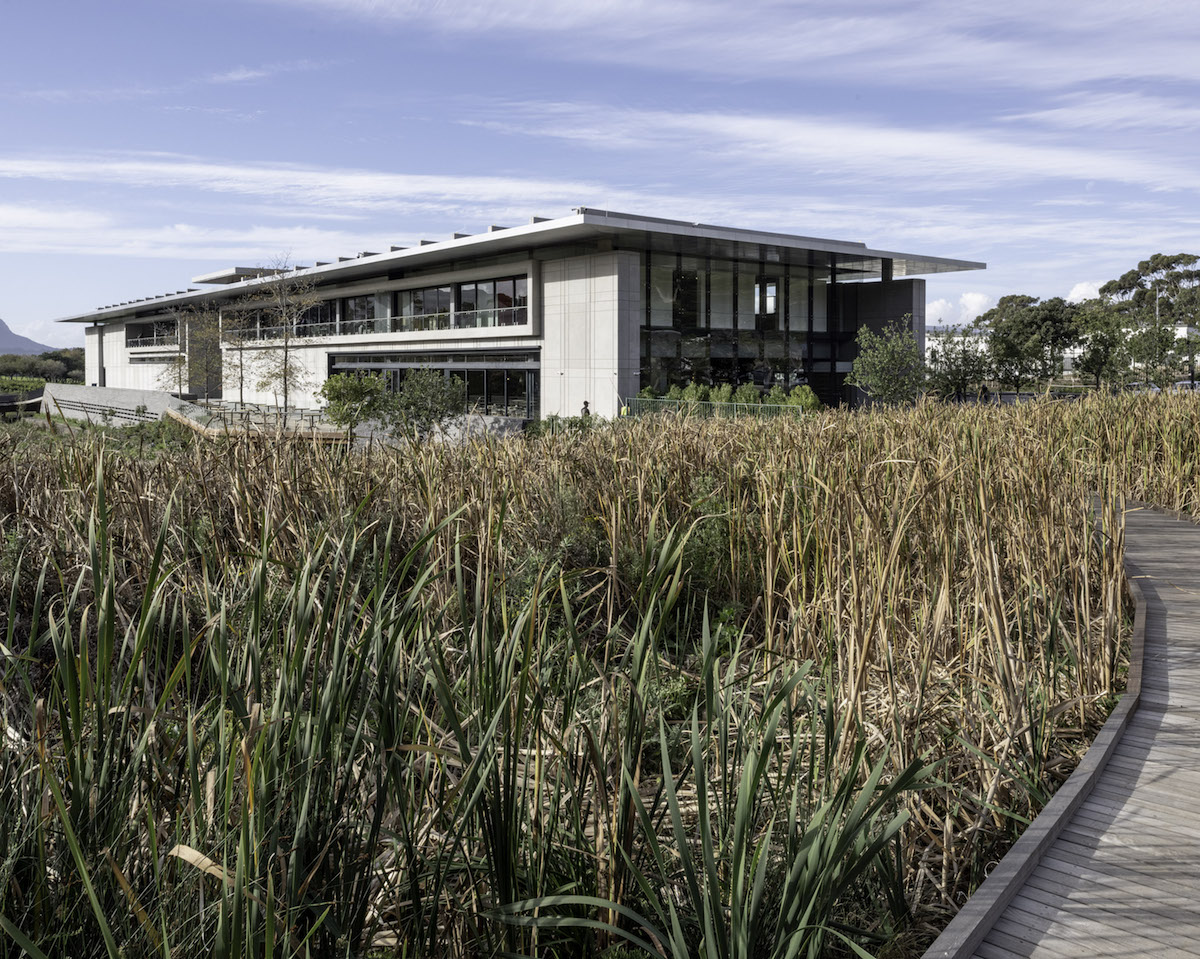
Background
What was the Norval family’s motivation behind opening Norval Foundation as a publicly accessible space? And why is it important for them to share their collection with a wider public?
Norval Foundation was established to make art widely available to local and international visitors by creating a centre for art, situated within the natural beauty of the Western Cape. Opening on the 28thof April 2018, the Norval Foundation came out of a belief that culture enriches people’s lives and museums can play an important educational role within our society.
Why this location was chosen for opening the museum there?
Norval Foundation is set against the backdrop of Table Mountain National Park, so a wonderful combination of art with nature in a vibrant interplay, providing an enriching escape from the city.
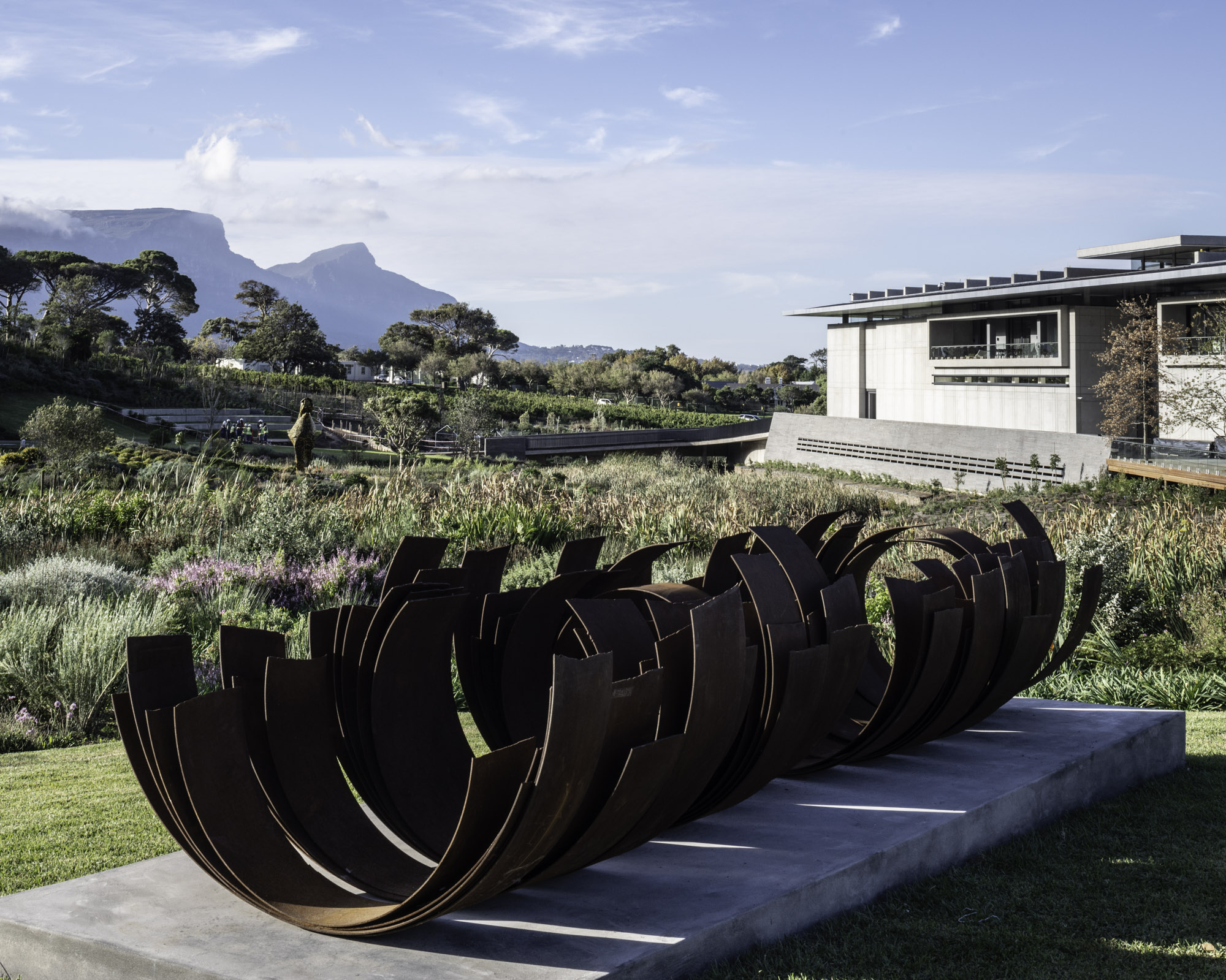
What are the missions of the museum/foundation?
Our mission is to make art more available, and to educate and enrich using art as a tool.
What are the ways to achieve these missions?
We aim to create rigorous, engaged programming, and through this, make a positive contribution to the larger community that we form part of. We are open and welcoming, and hope they feel a certain amount of ownership of Norval Foundation. We are fundamentally an educational platform where different forms of cultural expression, and the values and ideas connected to these art forms, can be exhibited, debated, and exchanged. We regularly host talks by curators, artists and museum professionals, and seek to build on the important work being done by our museum and commercial gallery peers. In so doing, we hope to continue to build a strong and passionate art-going audience in South Africa, and Africa at large. This is all made possible with the generous support of the Norval family, our sponsors and patrons, and everyone who enters through our doors every day.
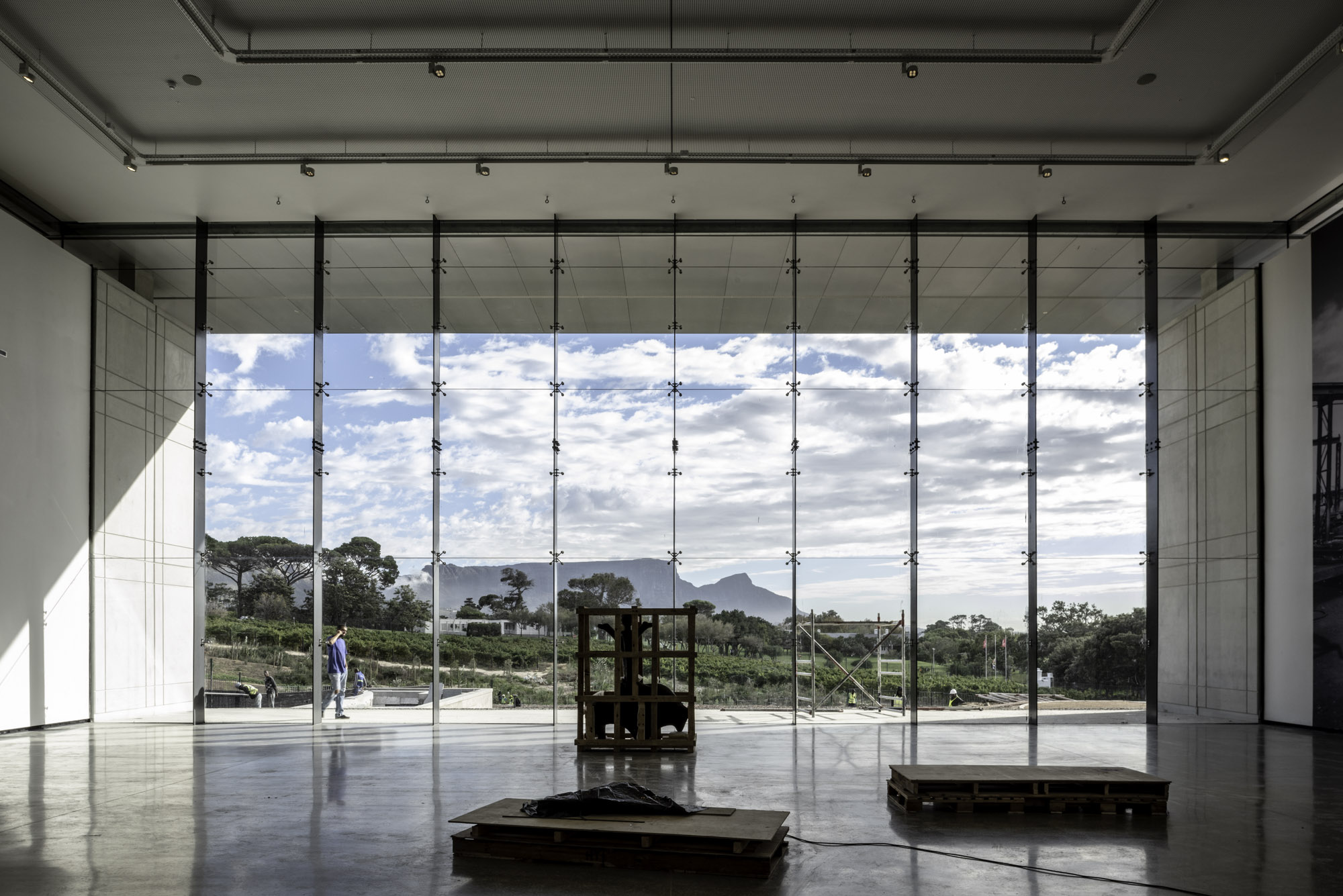
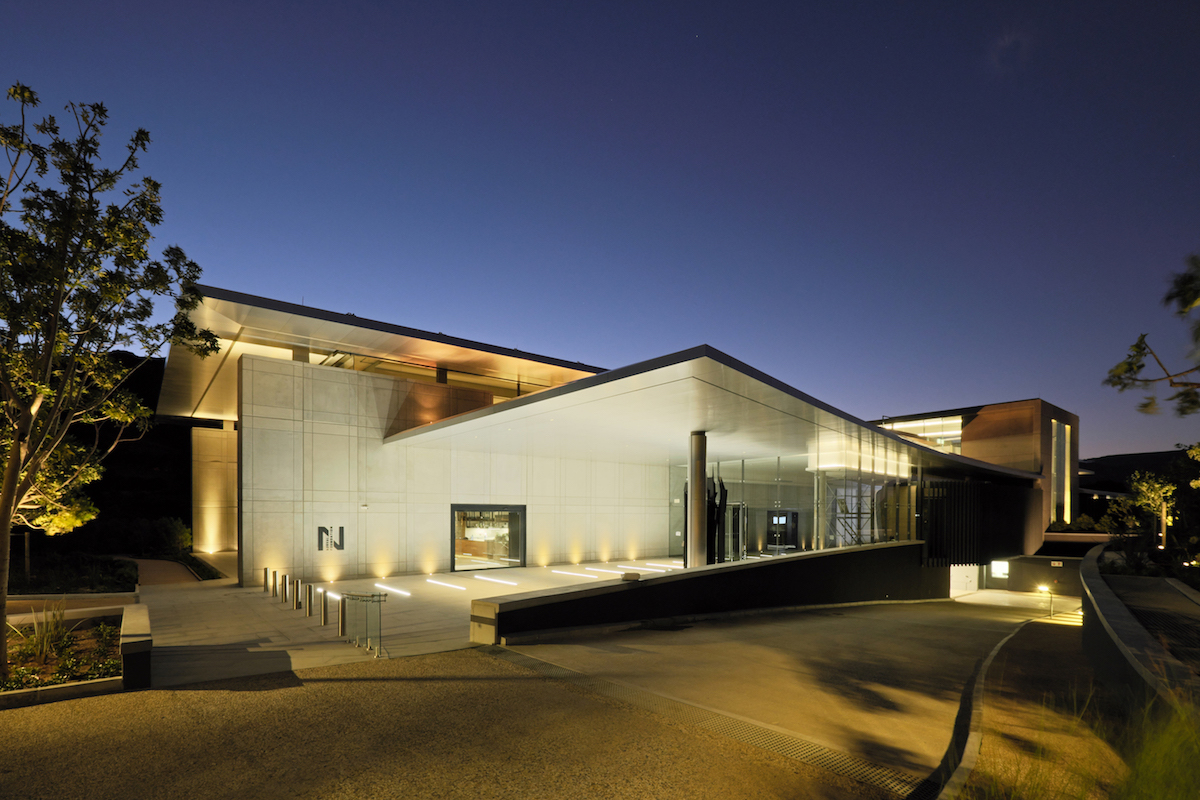
The collection
How many artworks do the family own? And how many of them are displayed in the museum? What are the criteria to decide what from the collection to show in the museum?
The collection is over 1700 pieces. The Homestead Art Collection is a valuable resource that is available to our curators for upcoming shows, but our exhibition programme is not based on it. A selection of works from the Collection are exhibited throughout the public spaces of the museum and in the Sculpture Garden. A very small percentage is displayed in the homes of the family. Criteria is dependent on research. We focus on what makes an art piece valuable in a cultural context and worthy of its place in a public institution.
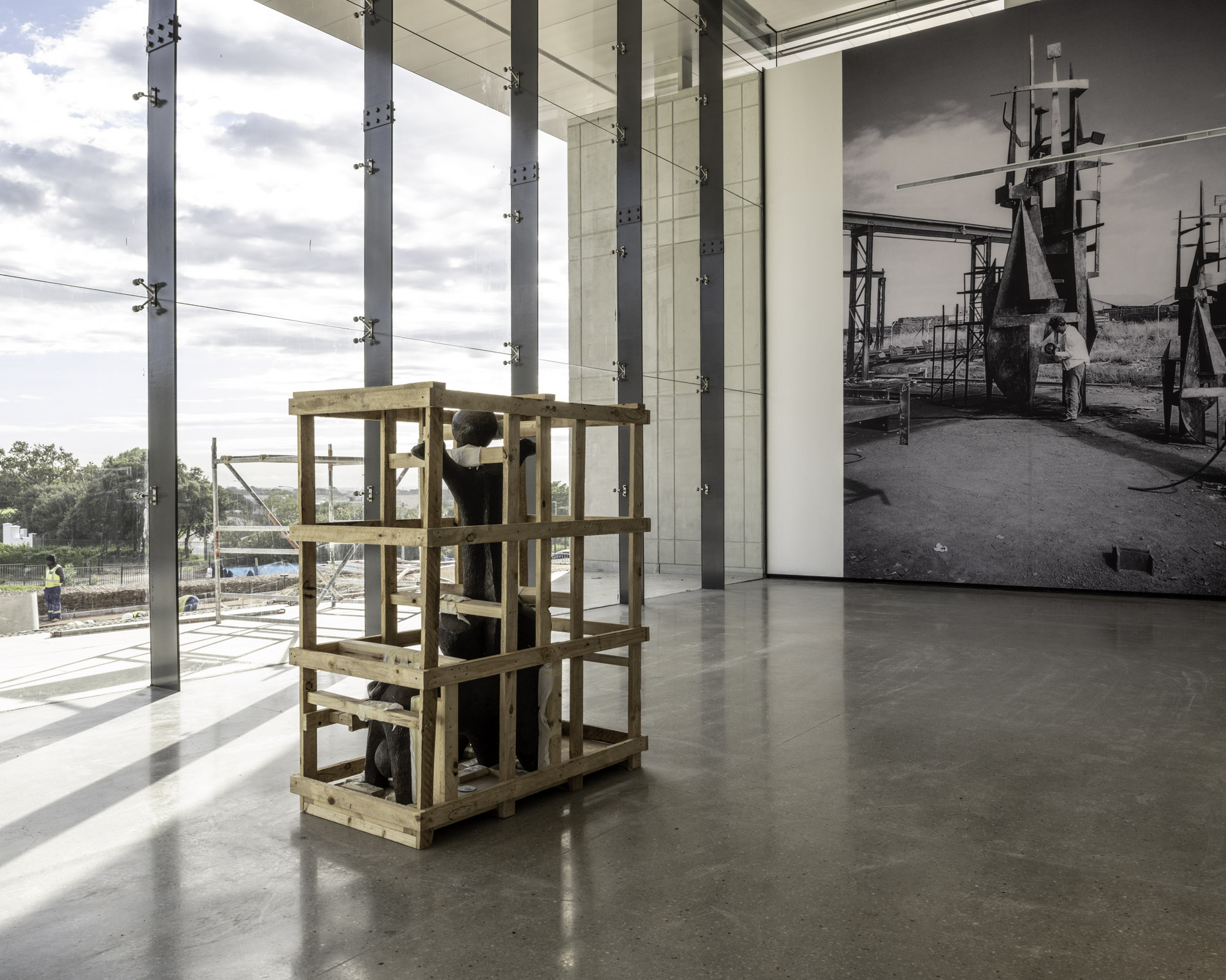
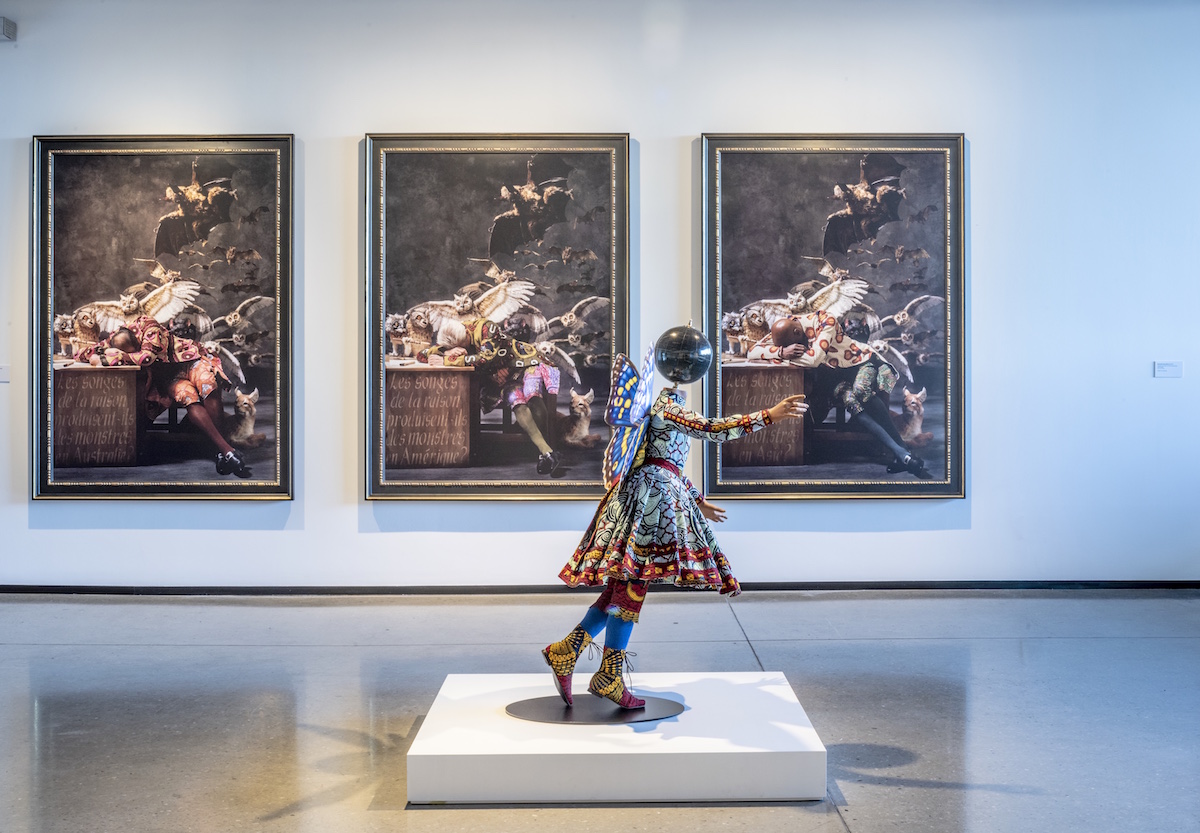
The programming
What are the strategies for audience development?
Norval Foundation aims to appeal to a wide range of visitors, including art lovers, who visit art galleries and museums at every opportunity, casual visitors, who may only have general interest in art, and first-time visitors, who have never stepped inside an art museum. Our strategy for accomplishing this is a dynamic artistic and public programme, as well as a considered visitor experience that welcomes all. We also believe Skotnes Restaurant, Bar and Norval Shop enriches this experience.
How much do you involve in the programming as well as the curating of exhibitions in the museum?
I am involved in all elements of the foundation and also strategic decisions on exhibitions and public programme, but not directly in the curating of the exhibitions.
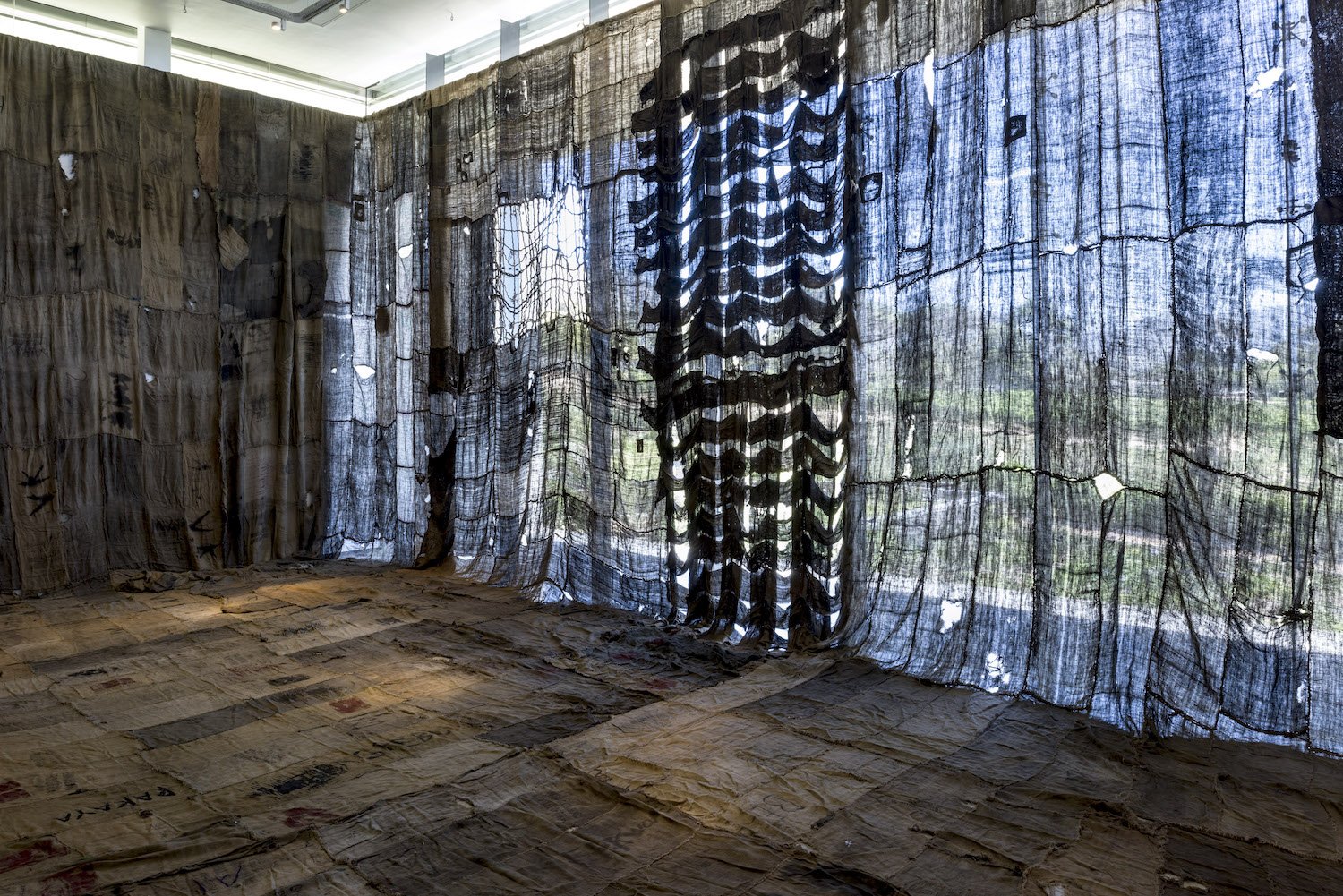
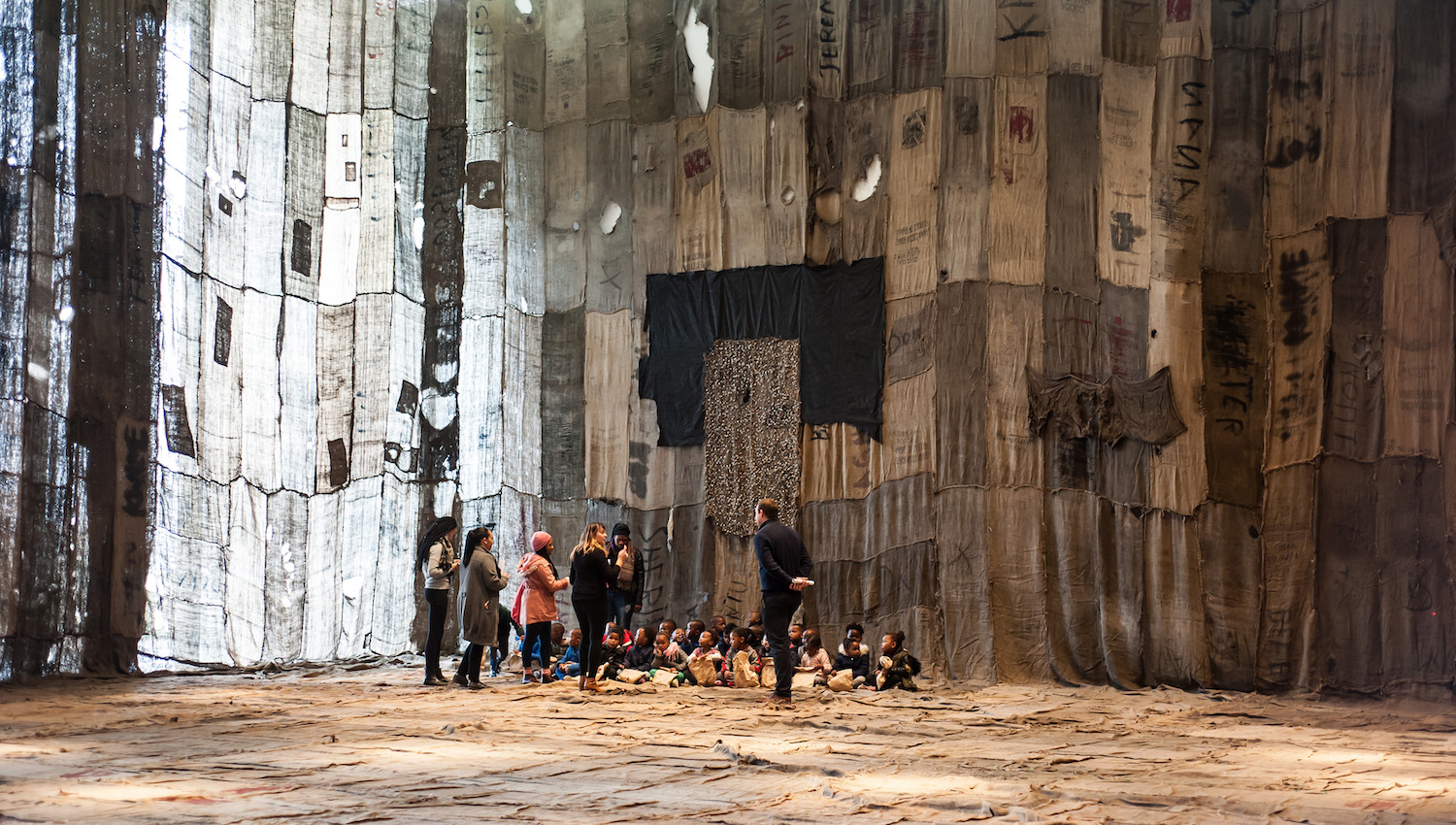
How is the relationship between you and the Norval family? How much do they involve in the operation of the Foundation?
The Norval Family is passionate about art and education and incredibly supportive, but they are not involved on a day-to-day basis in the Foundation. They travel often, but is always available for advice and guidance.
How will the programming be in 2020? What are the special upcoming programs that we definitely should not miss out?
We will announce our upcoming exhibitions and programme soon. Currently on show “Why Should I Hesitate: Sculpture” by William Kentridge, till June 2020, and in February 2020 we are very excited to open “The Accomplice” by Michael Armitage and “Collectors Focus V, A Focus on the Collection of Hoosein Mohammed”.
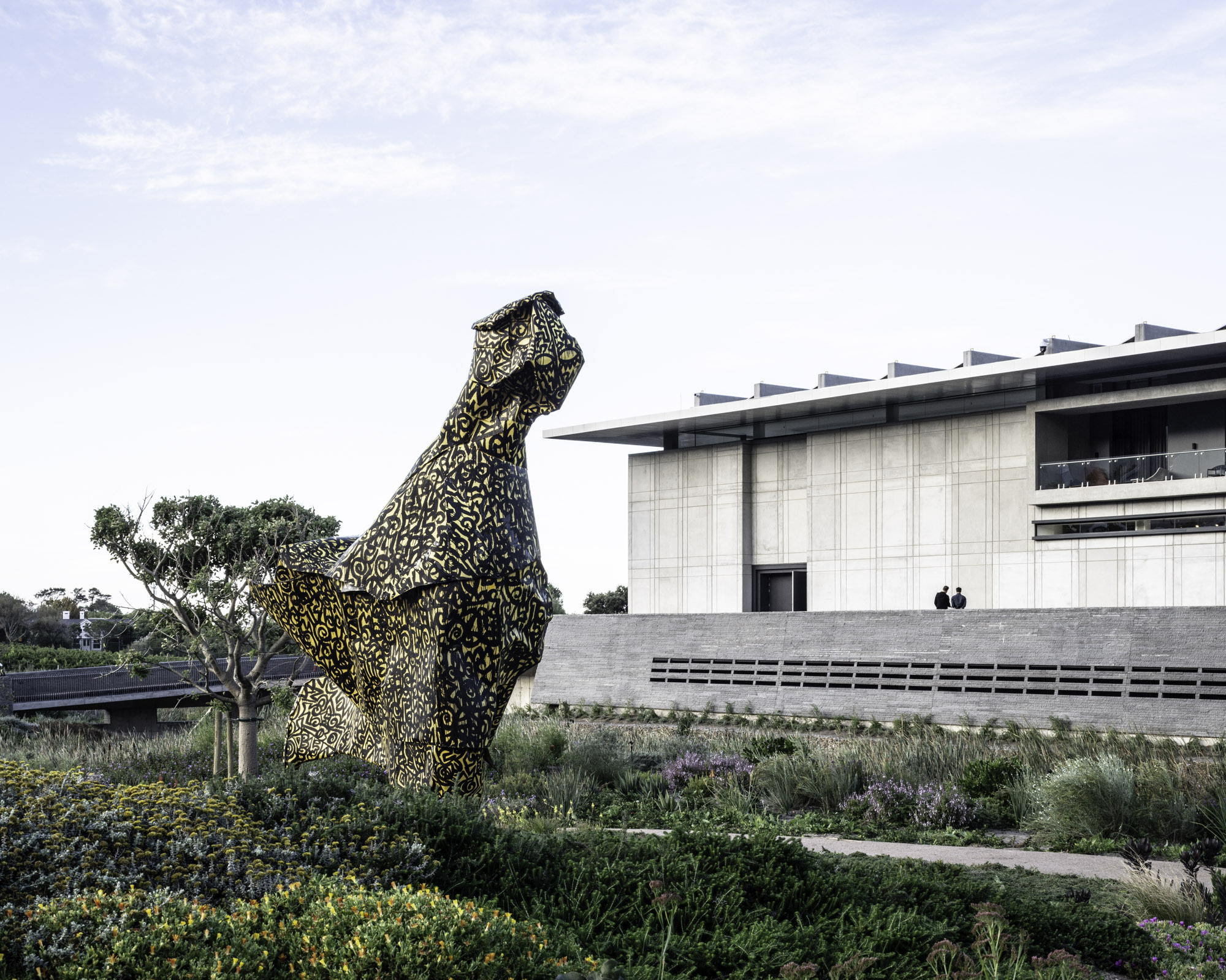
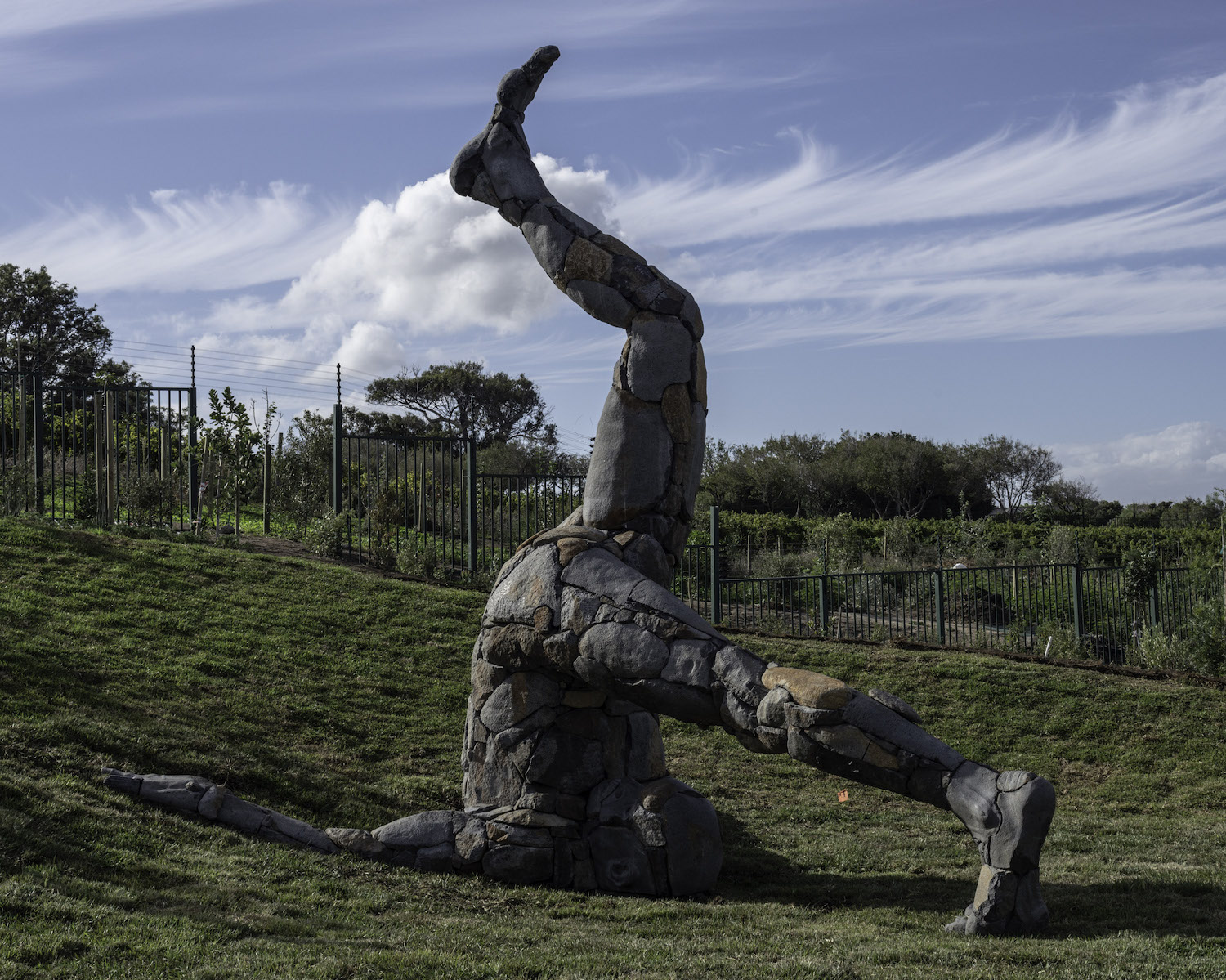
From the crowning moment to the next years
What was your most memorable moment since you have been managing the Norval Foundation?
There has been many highlights in the last 20 months. Our opening on 28thof April 2018 was a crowning moment after hard work to get the Foundation up and running! Possibly our proudest moment since then has been working with and learning from artists, such as William Kentridge, Ibrahim Mahama, Wim Botha and Mmapula Mmakgoba Helen Sebidi and more, to realise exhibitions that delved into their practices and worlds. We were also delighted that Norval Foundation was awarded a Special Commendation in the annual Sotheby’s Prize for our upcoming exhibition “Jackson Hlungwane: Alt & Omega”, which opens in 2020/2021. We are the first institution in Africa to have been recognised by Sotheby’s. Another first for Africa, was unveiling a permanently installed sculpture by the artist Yinka Shonibare MBE, in our Sculpture Garden, entitled Wind Scultpure SG III, following its recent acquisition by Homestead Art Collection.

What do you think are the key elements that determine the success of a private museum?
Private museums play a critical role in the art eco-system. Key elements of their success, is a strong curatorial team. Curators who take great care in examining and researching the historical and aesthetic importance of artist and her/his past activities to justify why it is important to exhibit or acquire the work for the private museum.
Another key element is the space or architecture of the museum. I think an institution with global standard facilities, and an exhibition programme on an international level, will demand attention.
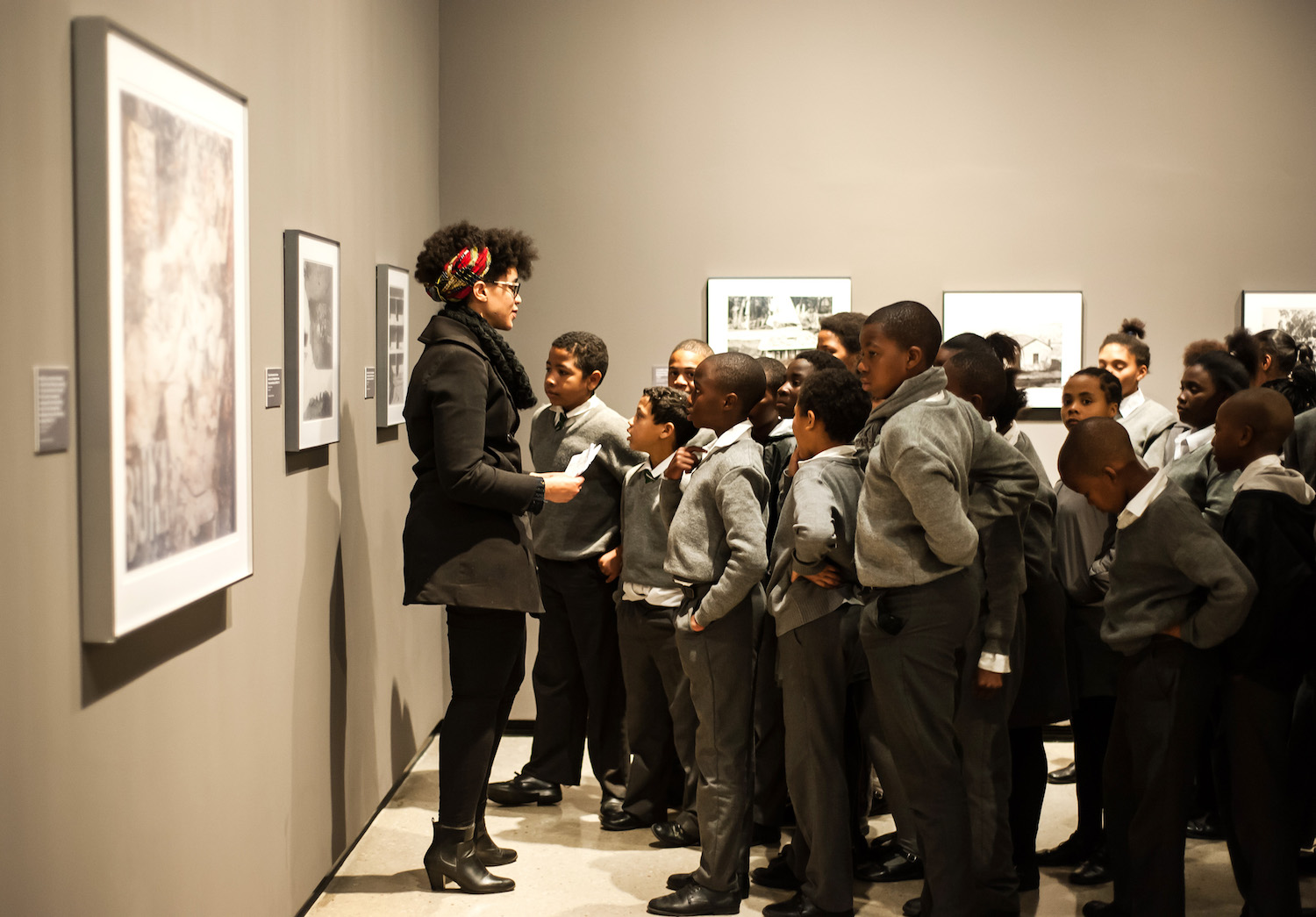
What are your visions for the museum in the next five and ten years respectively?
I think it is important to position, Norval Foundation within the increasing number of public/private institutions in terms of what we offer audiences and the art world at large.
Our artistic programme showcases the work of leading contemporary artists, seeking to understand how the visual arts are evolving in our present moment, while also engaging with twentieth-century art in order to address some of the historical “gaps” in the South African art canon. While our exhibition programme functions independently from the Homestead Art Collection, it’s nonetheless a valuable and unique resource for Norval Foundation, and we plan to use this resource more in the next few years. It includes the work of artists, such as Zanele Muholi, David Goldblatt, Michael Artmitage, William Kentridge, Peter Clarke, Dumile Feni, Sydney Kumalo, Ezrom Legae, Gladys Mgundlandlu, Alexis Preller, Mmakgabo Mapula Helen Sebidi, and Gerard Sekoto, among others. Norval Foundation is also the custodian of the Gerard Sekoto Foundation, the Edoardo Villa Estate Collection and the Alexis Preller Archive.
Beyond our exhibition programme, we plan to offer an enriching public programme that includes a strong focus on our Concert (Music) Programme, Talks Programme and Educational Programmes.
We plan to also focus more on our Shop, launching Norval Foundation Limited Editions and on Skotnes Restaurant, the culinary extension of the Foundation’s unique offering. Both is free to enter, and overlooks the Foundation’s serene Cape Lowland Freshwater Wetland. It contributes to the long term sustainability of Norval Foundation.
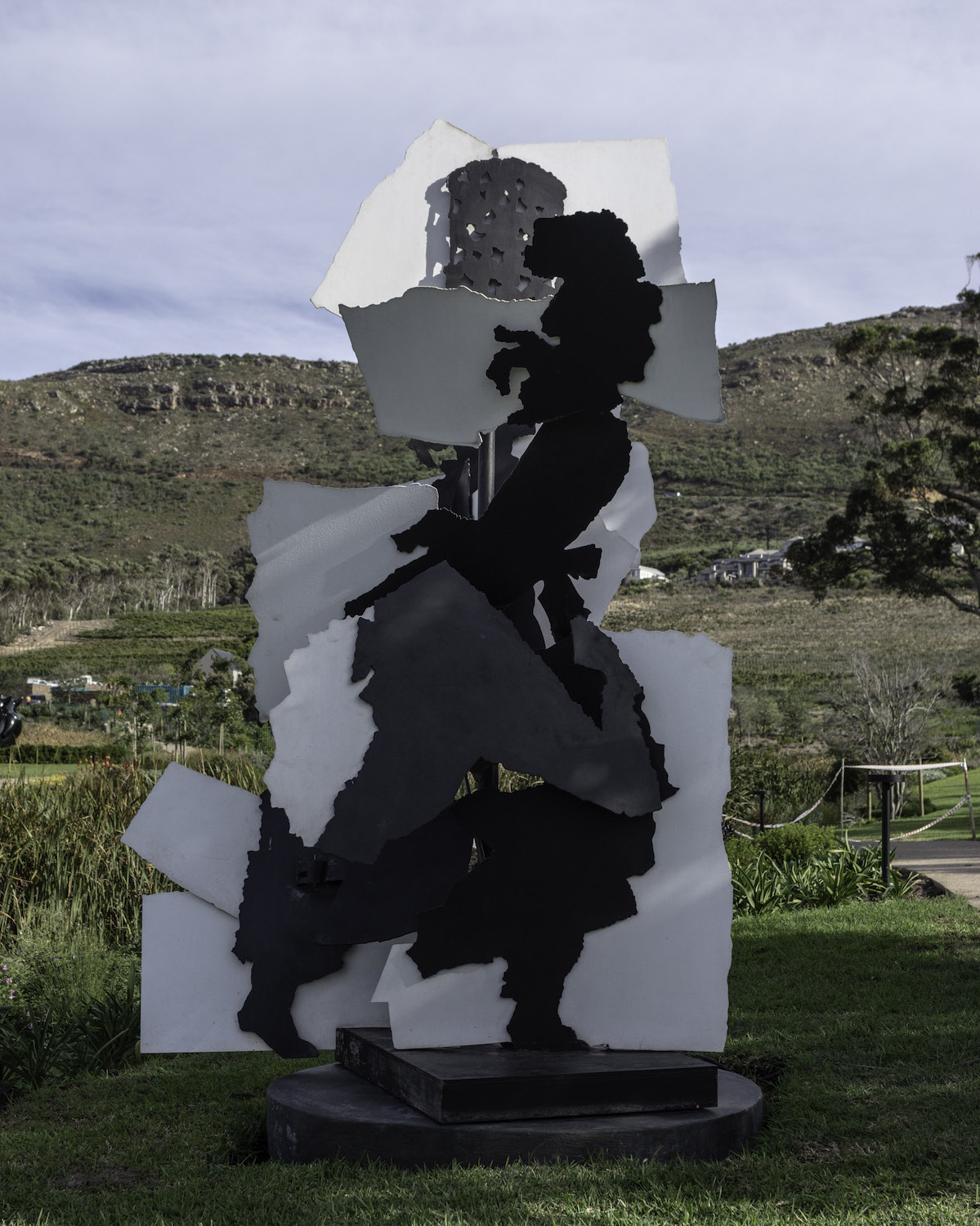
What is your advice to other collectors who may be thinking about building a private museum/foundation?
To do your research well. Invest in advisory services. Find the right team.
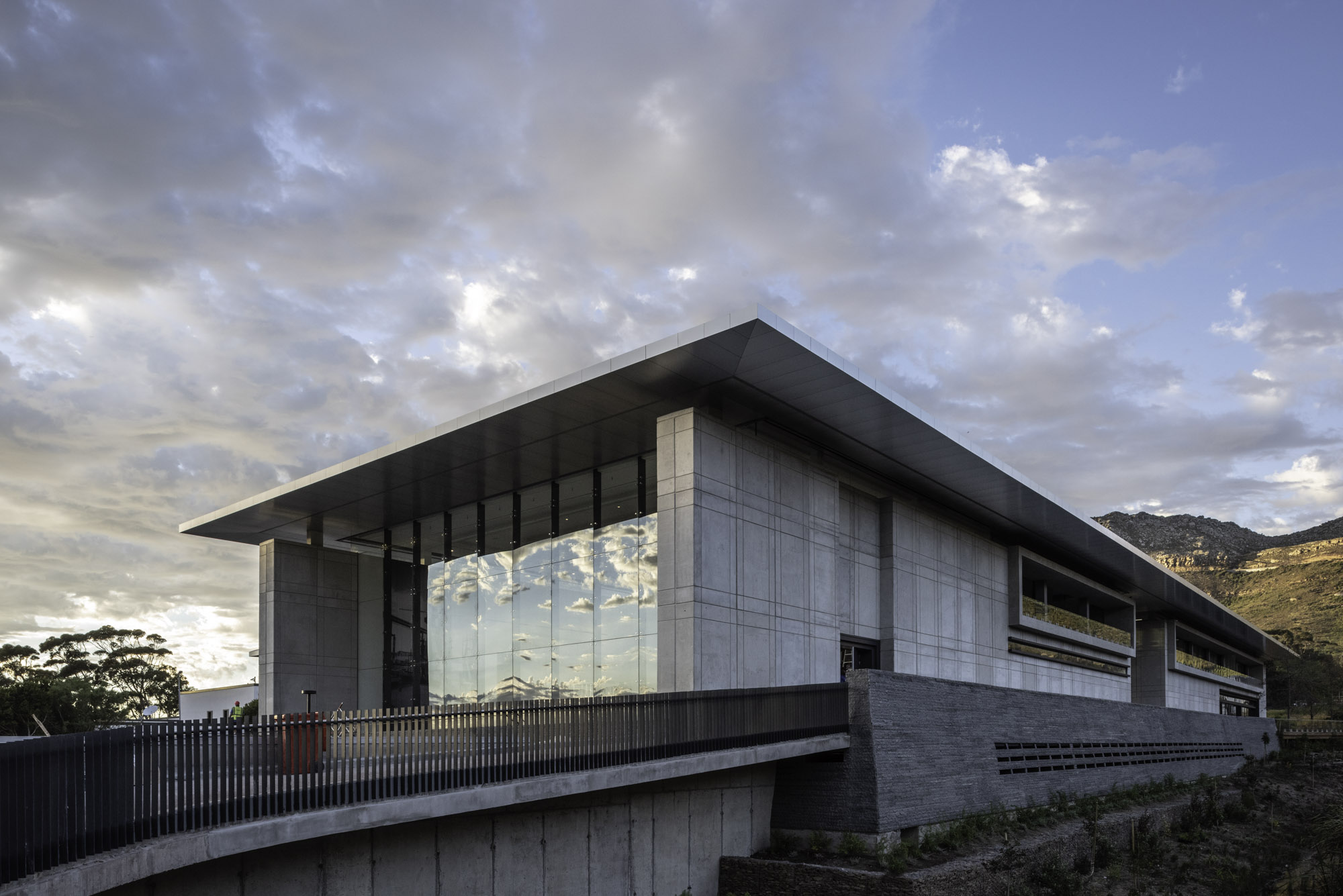
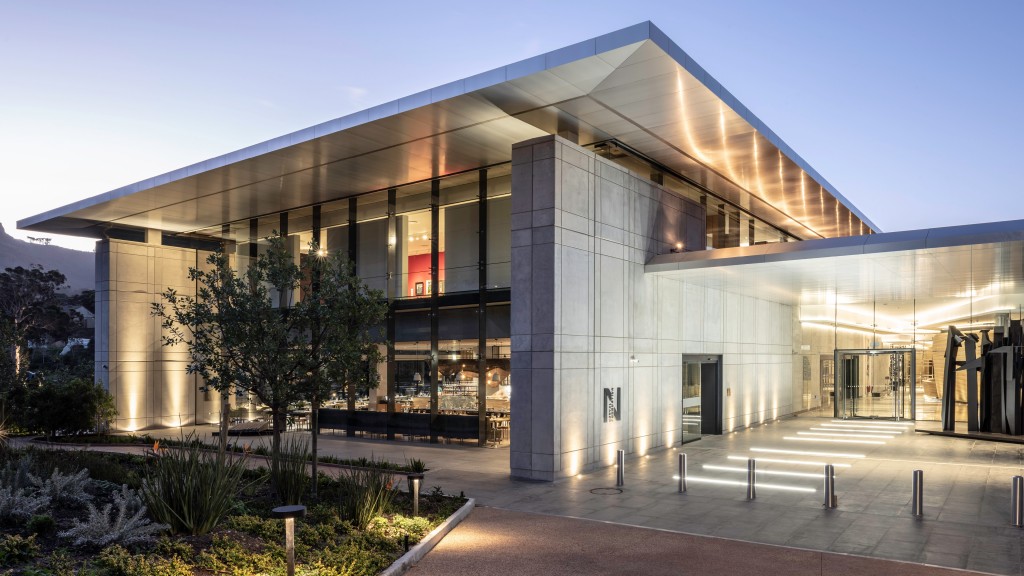
Related: Norval Foundation
Norval Foundation is one of the museum partners of our 2019 edition of THE PRIVATE ART PASS.
This ‘Private Museum Insights’ editorial series was born with the support of Phillips, a partner of THE PRIVATE ART PASS 2019.





